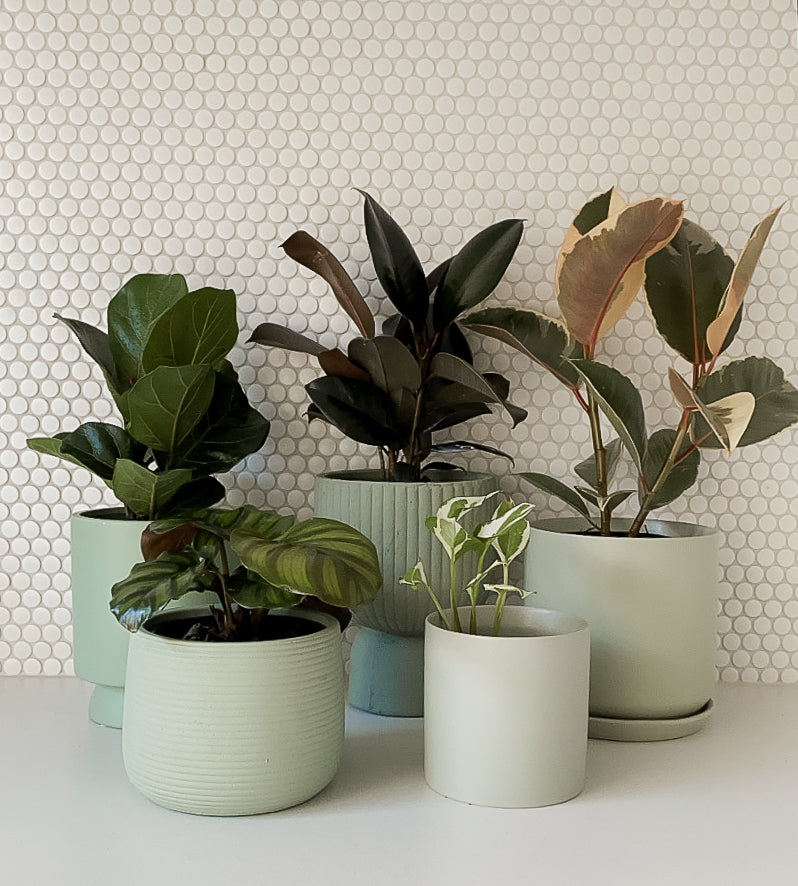Tips to keep your Indoor Plants thriving during the colder months
When temperatures change, caring for your indoor plants should be adjusted, too. Plants can be affected by several winter stress factors, including dry air, temperatures fluctuating from daytime heat to evening chill and less sunlight, caused by earlier sunset.

Cut Back on Watering
As the temperature drops outside, plant growth slows down, leading to reduced water requirements. In winter, it’s essential to adjust your watering routine and water your plants less frequently. Overwatering during winter can be detrimental to plant health.It is crucial to monitor each plant individually and adjust water accordingly. Check the l before watering and ensure it’s not overly dry. Generally, it’s better to underwater them than overwater during the colder months. Also, continue to use good organic fertiliser.
Give Your Plants a Bath
This tip is relevant year-round: give plants a ‘shower’ frequently. It’ll be beneficial for their health and appearance.To shower your plants, take them outside and provide a gentle shower or misting with water. This helps wash off dust from the leaves and can help control potential pests. Allow the water to run over the foliage, giving it a good rinse. Afterwards, let any excess water drain before bringing the plants back indoors.
Keep Plants Away From Drafts
Keep your plants away from drafts, while always relevant, particularly important to keep in mind in Winter.While proper ventilation is essential, cold drafts from open windows or doors can cause temperature fluctuations and drafts that might stress or harm your plants.
If you frequently open windows, mts to a spot where they won’t be exposed to direct drafts is best. In saying that, we want to ensure they have enough light in the cooler months, so consider moving them closer to the windows, but keep them shut.
Put Them in Light
On the light front, it’s essential you ensure your indoor plants are getting enough light in the cooler months, as it’s vital for their well-being.Observe the light conditions in your home and adjust the placement of your plants accordingly to ensure they receive the necessary light for healthy growth.
Prune Plants
Finally, another year-round tip, but particularly important in Winter: prune your plants, removing dead or yellow leaves. Not only will it promote plant health, but it’ll make the plant look better.It’s important to avoid repotting plants during the colder months since they tend to be in a dormant state. Limit pruning to removing any dead or damaged foliage, shaping the plant if necessary, and maintaining overall plant hygiene. This will help your indoor plants thrive through Winter and prepare them for the warmer months ahead.
You can also clean your plant leaves with a damp m cloth. This will leave them looking nicer and they’ll absorb more light in the cooler months.


